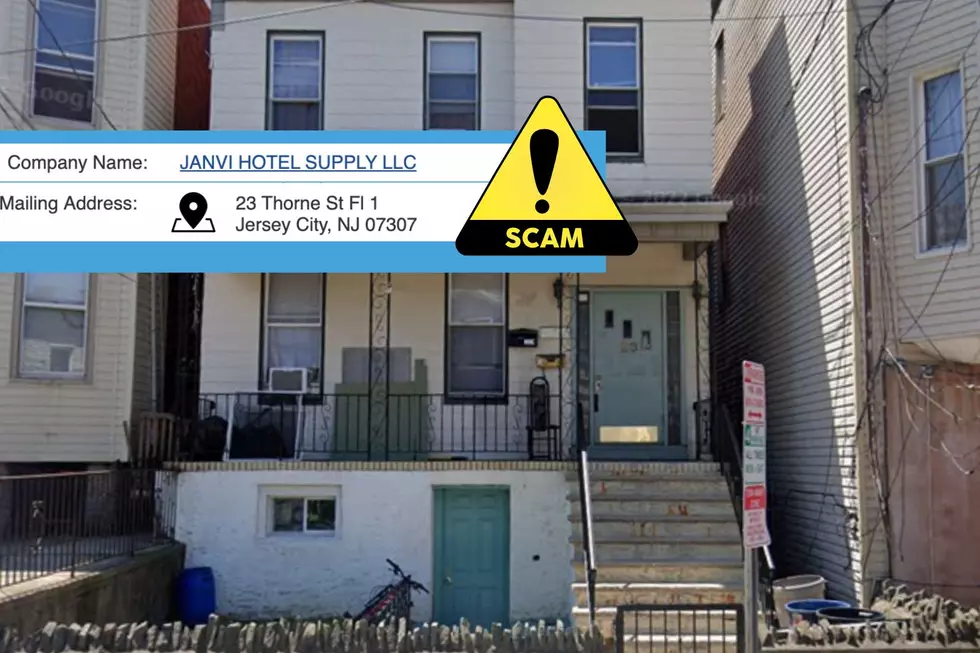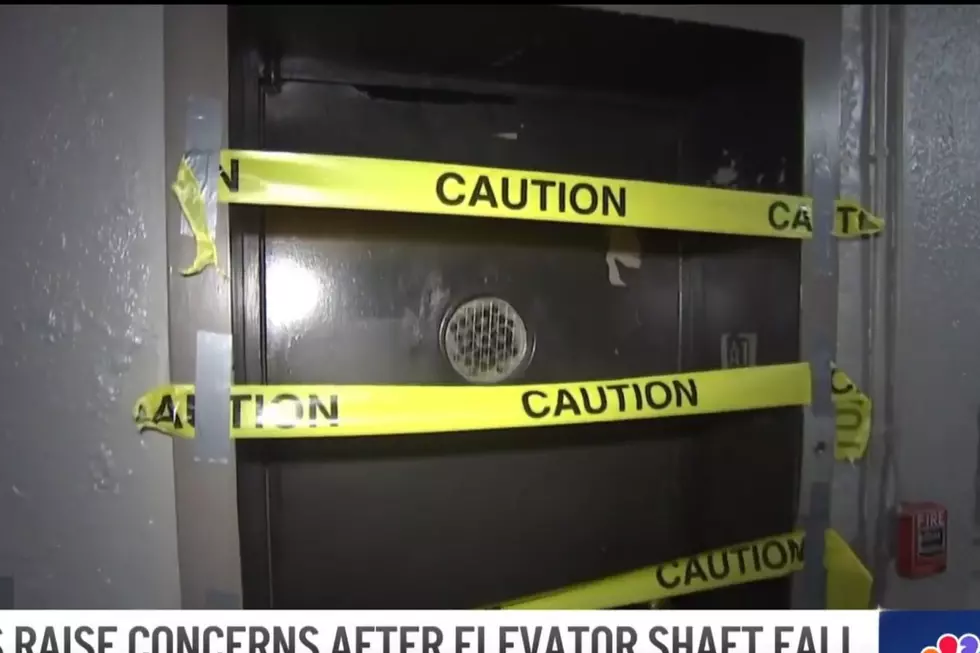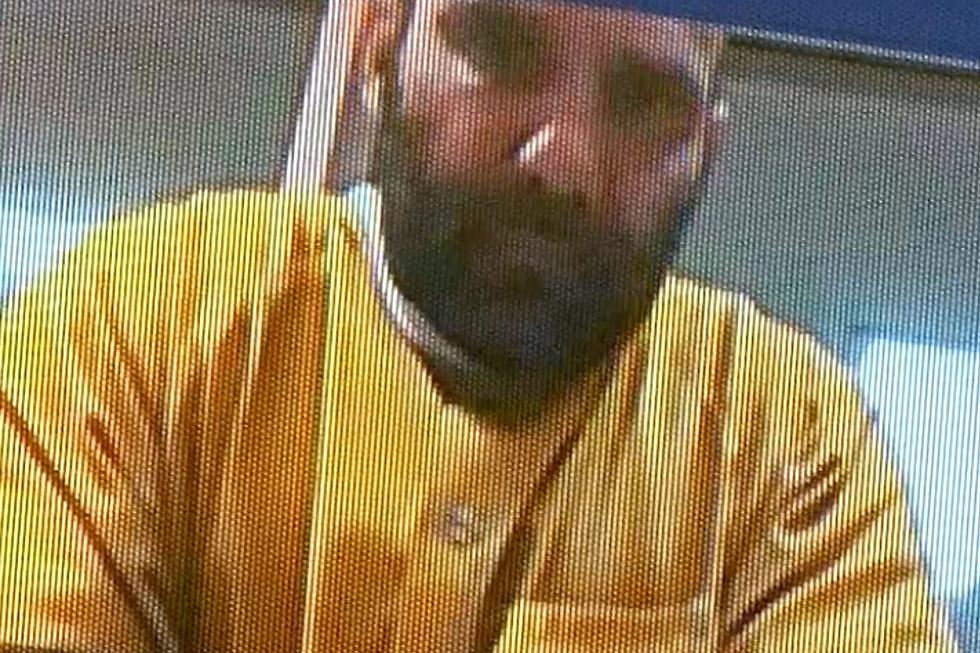
Bar, hospital, boardwalk — NJ operations forever changed by Sandy
Beyond the hundreds of thousands of homes destroyed or damaged by Sandy, the massive October 2012 storm delivered a major blow to New Jersey businesses and organizations, some of which are still in bounce-back mode or haven't yet restarted operations.
The post-tropical cyclone not only forced retailers, eateries and other businesses to shut their doors for months or years, it forced management of these establishments to determine which steps needed to be taken to ensure another catastrophe wouldn't be possible in the face of an addition Sandy-like storm in the future.
This is part three of a five-day series honoring the 10-year anniversary of Sandy — its wrath, the rebuild since, and New Jersey's preparedness for future storms.
Part 1: What made Sandy so unique?
Part 2: NJ residents still fighting to get home
"I'm raised up now, seven feet higher," said Christine Carducci, co-owner of Donovan's Reef in Sea Bright.
Following "total devastation" caused by Sandy in the Monmouth County borough, the spot where the bar once stood was eventually just a parking lot, Carducci said. In the years after the storm, Carducci and others decided it was time to give Donovan's Reef another shot.
A beach-only bar operation was launched in summer of 2015, and a new Donovan's Reef was up and running for Memorial Day Weekend of 2017.
"The facility is better, and I would say we're busier than ever," Carducci said.
A daily magnet for shore visitors during the summer, Donovan's Reef is operating on limited hours until Oct. 30, before it closes for the colder months.
Just a quick walk away, though, sits a dormant building that promises to be the future site of the Mad Hatter, a small restaurant and bar that also was obliterated by the storm.
It's estimated that Sandy caused at least $30 billion in damage in the Garden State alone.
Most of the impacted businesses and operations were located at the shore. Out of Seaside Heights, the Jet Star roller coaster floating in the sea became arguably the most iconic visual of the storm's power along the coast.
"People were out of work, restaurant owners lost weeks of sales tax, tax revenues were ultimately changed, and we lost tourism for a long time," said James Hughes, a professor specializing in economic analysis at Rutgers University.
Until a rebound would be made in the way of consumer spending, he said, economic losses were somewhat reduced through a surge in construction and cleanup activity.
"In many cases, that bounce back got the overall economy pretty much back on track within a two-year period," Hughes said.
NJ hospital flooded by Sandy
Just last month, a new emergency room started handling patients at Jersey City Medical Center, which saw its first floor flooded by the 2012 storm. Floodwaters reached just a few inches below the emergency generator, and all ER patients had to be transported one floor higher.
"Had the water climbed up to the emergency generator pump, we would've been out of power," Dr. Jyoti Matta, interim chair of medicine at Jersey City Medical Center, told New Jersey 101.5.
One of the first moves post-Sandy was raising the height of the generator, at least eight inches above the high-water mark.
The reinforced emergency room, a $100 million investment, includes raised embankments, flood barriers, waterproof walls, and flood doors and glass, Matta said.
Beyond that investment, she said, a concrete flood wall is being built around the entire campus, to protect the site from future major storms.
"People forget how close we are to the river. It was a gush headed our way. It was unimaginable," Matta said.
10 years later — Sandy makes landfall in New Jersey
Dino Flammia is a reporter for New Jersey 101.5. You can reach him at dino.flammia@townsquaremedia.com
Click here to contact an editor about feedback or a correction for this story.
Say you’re from Jersey without saying you’re from Jersey
What would happen to NJ if we were attacked by nuclear weapons?
More From New Jersey 101.5 FM









